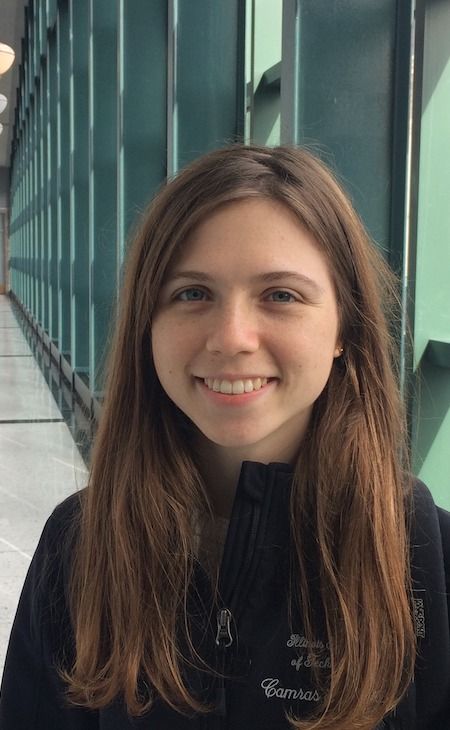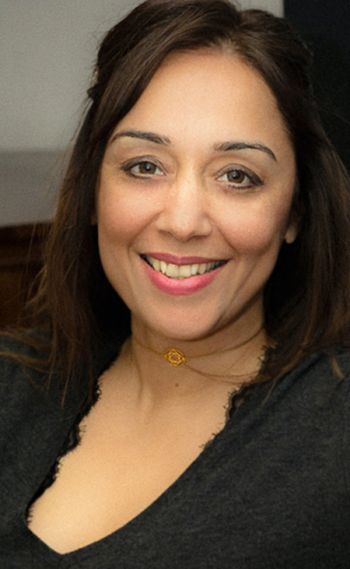Becoming the Expert
From an outdoor sculptural installation celebrating Chicago’s Bronzeville neighborhood to studies of human bone fracturing, Demetria Boatwright took every opportunity to take on ambitious projects and broaden her education while she was at Illinois Institute of Technology.
The sculptural project was called Amplify Bronzeville, through which Boatwright worked with historians, acoustic engineers, and students from VanderCook College of Music.
“We built this giant megaphone that was in one of the parks for a while, and it had a timeline of the history of different performers who had performed in Bronzeville,” says Boatwright, “and we did it all in one semester, so it was kind of crazy.”
Through the Armour R&D Program for Undergraduate Research Education (PURE) program, Boatwright did research with Associate Professor Mehdi Modares and in June 2021, they published their results in the Journal of Orthopaedics.
“The program emphasis was on doing something cross-disciplinary. I was studying structural engineering, so we decided to do something with structural engineering and medicine, and ended up looking at fatigue fracture,” says Boatwright. “One thing I really noticed as I was learning about fatigue fracture was that everyone was using completely different test methods with different sample sizes and preserving the samples differently, etc., so you couldn’t compare results from the different studies effectively.”
Boatwright and Modares’s paper uses insights from structural engineering to identify key parameters for standardizing experimental methods in the medical field.
“The opportunities at Illinois Tech were awesome,” says Boatwright, “there were really good professors with interesting classes who were able to give advice when I had questions trying to figure out what kind of engineering I wanted to do. That kind of mentoring was great.”
She found her current path in Adjunct Faculty Member Anatol Longinow’s course where she learned about building structures that are designed to last long-term and withstand extreme situations like earthquakes, fires, and tornadoes and developing designs that ensure that when structures do fail, they do so safely in ways that cause minimal damage and are easy to repair.
Longinow helped connect Boatwright with an internship at a Chicago engineering consulting firm, Raths, Raths & Johnson while she was at Illinois Tech. The experience went so well, she was offered a job there directly after graduation and has been working there ever since.
She does a combination of field and office work performing “health check-ups for buildings” and doing forensic engineering, which she first became interested in through talking with Longinow about his experience in the field. When a second-floor balcony collapsed, she was part of the team that figured out what had gone wrong and how to install a new balcony that would stay put.
Boatwright is working toward getting her long-term engineering license. “I’d just like to get really good at what I’m doing, and I also want to have an impact on the profession as a whole,” she says. “A lot of what I do right now is helping people who are further along in their careers prepare to give expert testimony for projects, and someday I’d like to be that person who’s considered an expert.”




